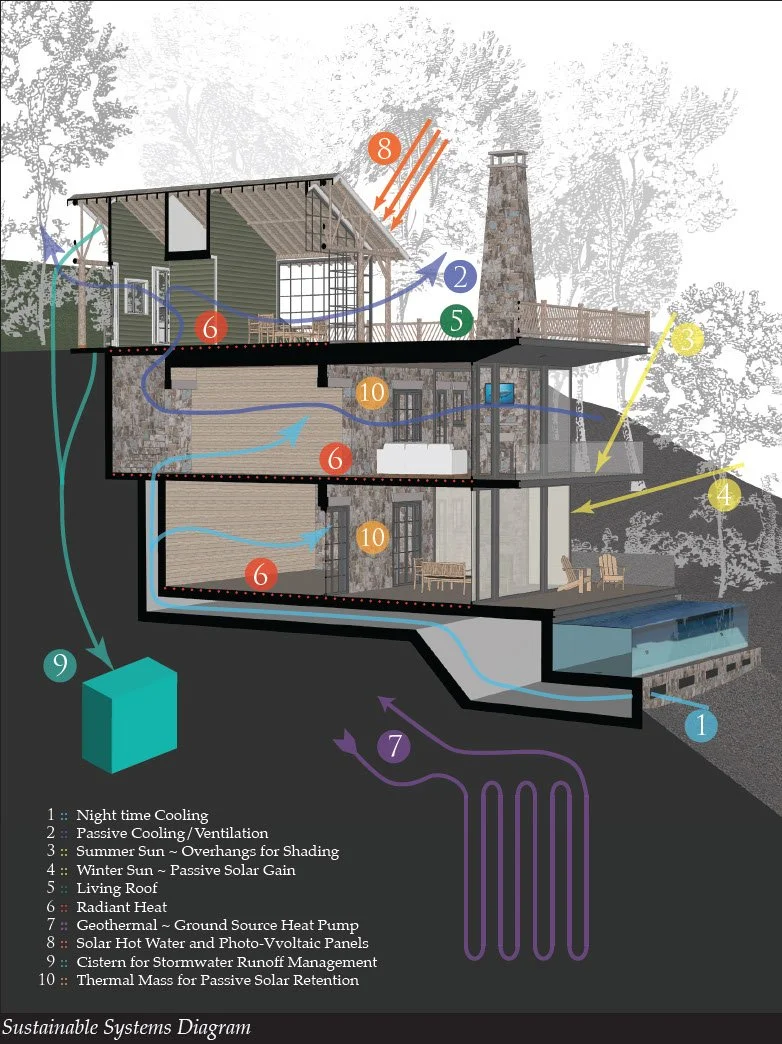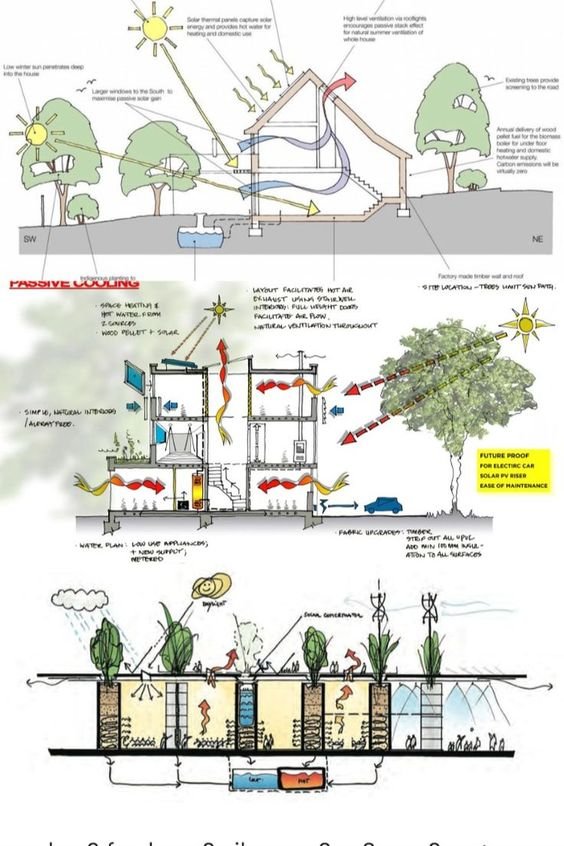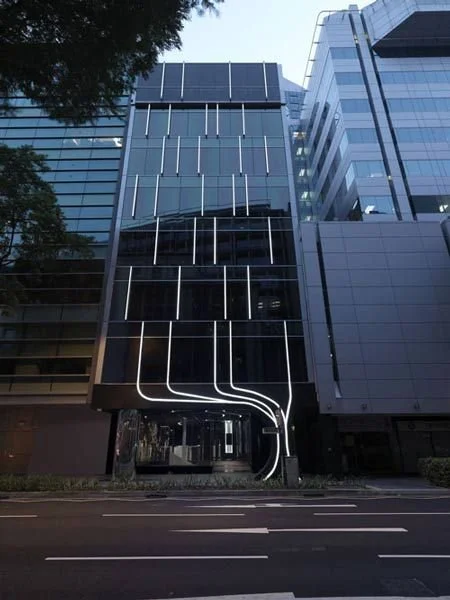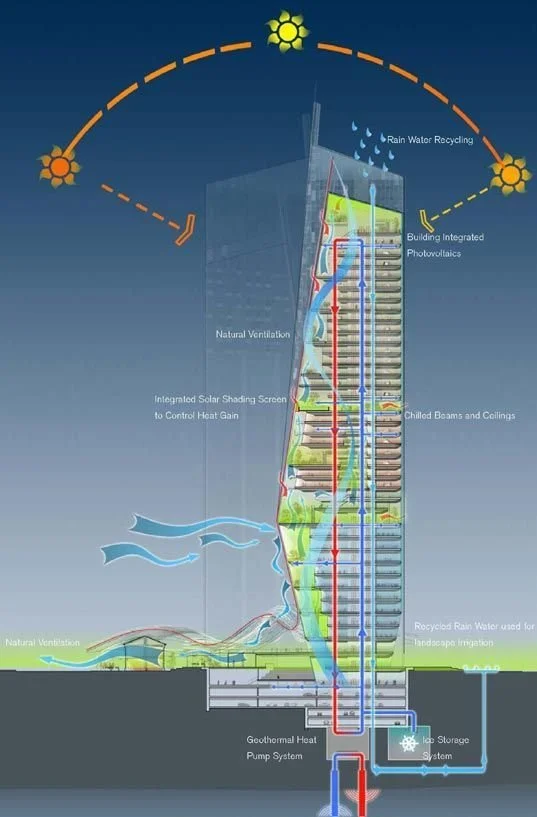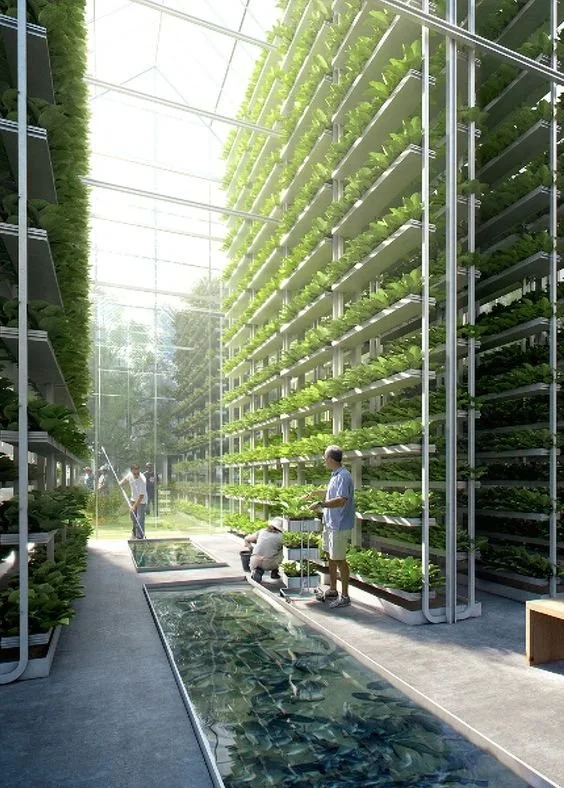10 Best Sustainable Architecture Strategies for Public Buildings
Introduction
A successful design must incorporate sustainable architecture strategies to ensure it has a positive effect on its surroundings and community. In this blog you will learn 10 sustainable architecture strategies tailored for public buildings. You will be able to employ these strategies with your own architecture projects.
Why are Sustainable Architecture Strategies Important?
Not only achieving an environmentally conscious design but also these sustainable design strategies will heighten the user experience of your public building, promote eco-friendliness, enhance functionality and longevity.
Scroll to the bottom to download our Sustainable Architecture Strategies Checklist PDF for Free
What are the 10 Best Sustainable Architecture Strategies for Public Buildings?
1. Green Roofs and Green Walls
Green roofs are a multi-beneficial contributor to a sustainable architecture strategy for public buildings. The main benefits are; reducing energy consumption and providing habitats for local wildlife.
Green roofs are a pivotal sustainable strategy for public buildings as they offer a lot of sustainable attributes at a relatively low cost and are aesthetically pleasing.
2. Passive Design Principles
The public building you are designing may have multiple uses with various climate requirements. Capitalising on your project site’s natural elements enables you to simplify your sustainable architecture strategy.
This could include; maximising sunlight exposure, utilising natural ventilation and rain water harvesting. Learn how to conduct a full site analysis here.
3. Energy-Efficient Lighting Solution
This segment will highlight the importance of energy-efficient lighting in public buildings. Exploring LED lighting solutions for your public building will reduce energy consumption. Furthermore incorporating light sensors will reduce energy usage further.
Do not overlook this sustainable architecture strategy as a successful lighting design can create a visually appealing environment, complimenting the architecture.
4. Recycled and Locally Sourced Materials
Using recycled and locally sourced materials as part of your sustainable architecture strategy reduces the carbon footprint of the construction process. Less material being imported from greater distances reduces onsite waste production. Locally sourcing material will also boost the local economy and help garner support for your proposal.
5. Smart Building Technologies
Automated energy systems and intelligent climate control will ensure your public building is always running at optimum efficiency by adapting to the changing environment.
6. Water Conservation Strategies
Rainwater harvesting allows for greywater usage for flushing or landscape watering. Efficient plumbing systems can reduce water consumption and water waste.
7. Urban Agriculture Integration
urban agriculture is becoming a popular and important aspect of city life. Urban agriculture creates a more self-sufficient city that is less reliant on food importation. Creating urban agriculture areas in your public buildings will impact your building’s self-sufficiency and surroundings. As well as offer employment and additional attraction.
8. Renewable Energy Sources
Conducting a site analysis will allow you to strategically place renewable energy sources for maximum efficiency. Harnessing natural energy through solar panels and wind turbines is a popular sustainable architecture strategy.
9. Flexible Design for Adaptive Reuse
Now more than ever new public buildings need to be adaptable new the changing needs of the user. Introduce flexible design and adaptive reuse spaces for easy adaption without compromising on sustainability.
10. Community Engagement and Education
To further promote sustainable practices you can include community engagement and education in your design. By offering educational and community spaces you can raise awareness of sustainability and your public building could become a hub for sustainable living.
Conclusion
Architects can create a green and more resilient future by designing sustainable architecture. By implementing these sustainable architecture strategies for public buildings, you will ensure your design is based on sustainable principles driven by eco-friendliness and longevity.
FAQs Related to 10 Best Sustainable Architecture Strategies for Public Buildings
What are the environmental strategies for architecture?
There are many sustainable architecture strategies from natural strategies such as optimising the natural environment or technological renewable energy methods such as solar panels and wind turbines.
Can sustainable architecture be cost-effective for public buildings?
Sustainable architecture has an initial investment but is cost-effective in the long term. There are long-term savings by energy demands and maintenance costs.
How do green roofs benefit the environment?
Yes, green roofs are very beneficial to the environment as they promote biodiversity and provide insulation.
What role does community engagement play in sustainable architecture?
Community engagement raises awareness about sustainability and encourages sustainable practices, by creating a eco-conscious society.
How can architects incorporate flexibility for adaptive reuse in design?
Architects can include flexible or modular spaces within their designs. They allow for easy adaptation to the changing needs of the user.




